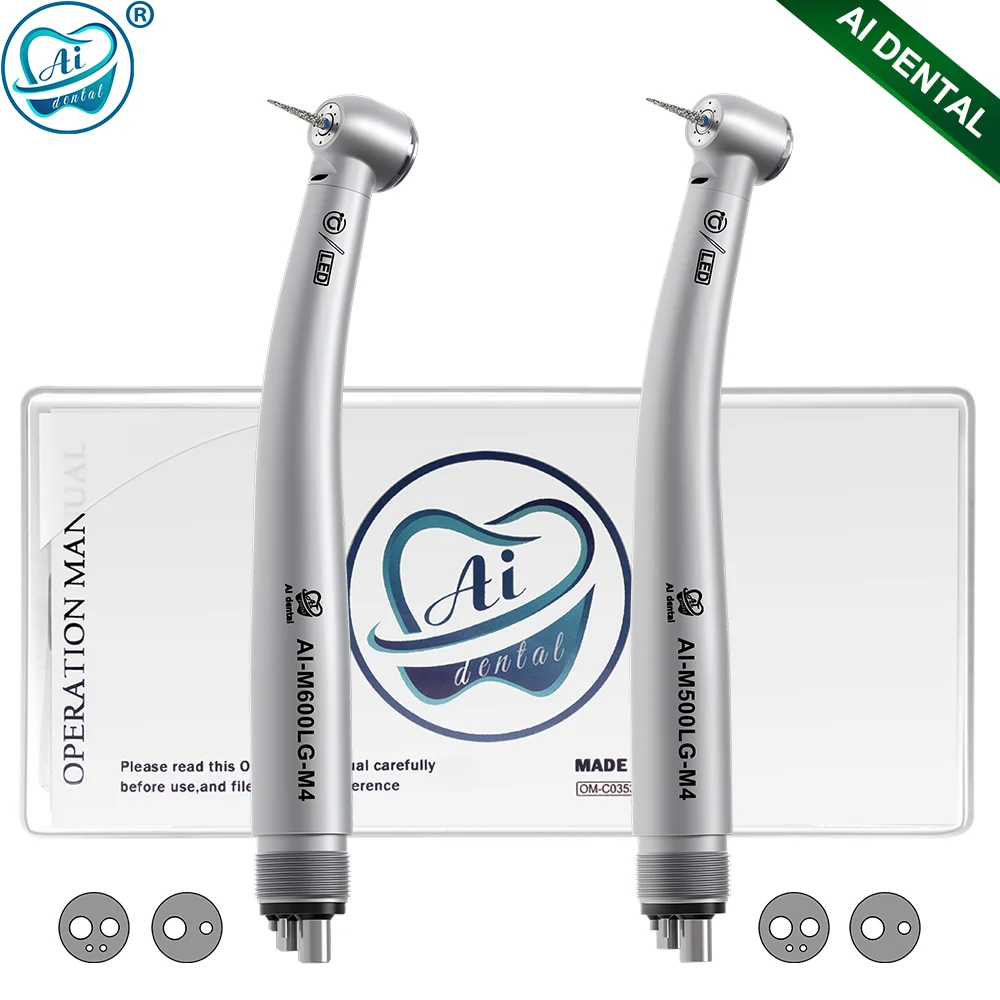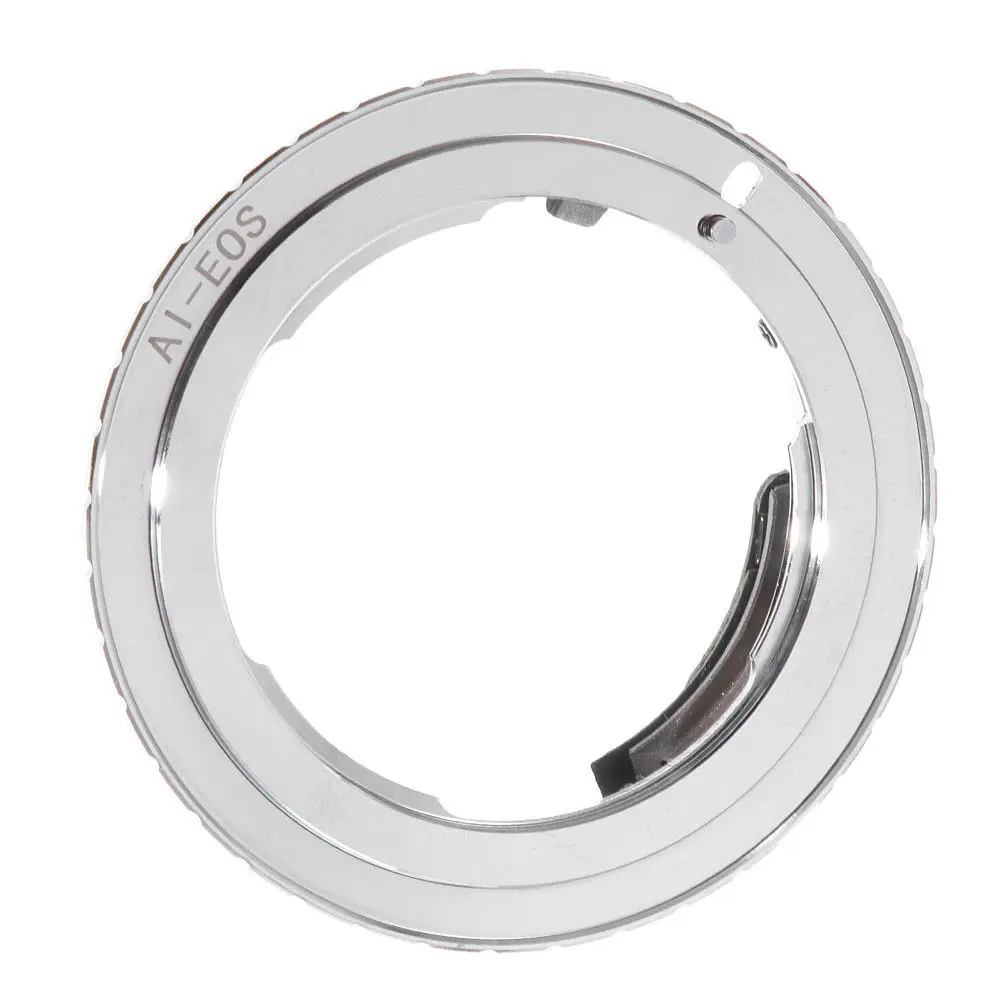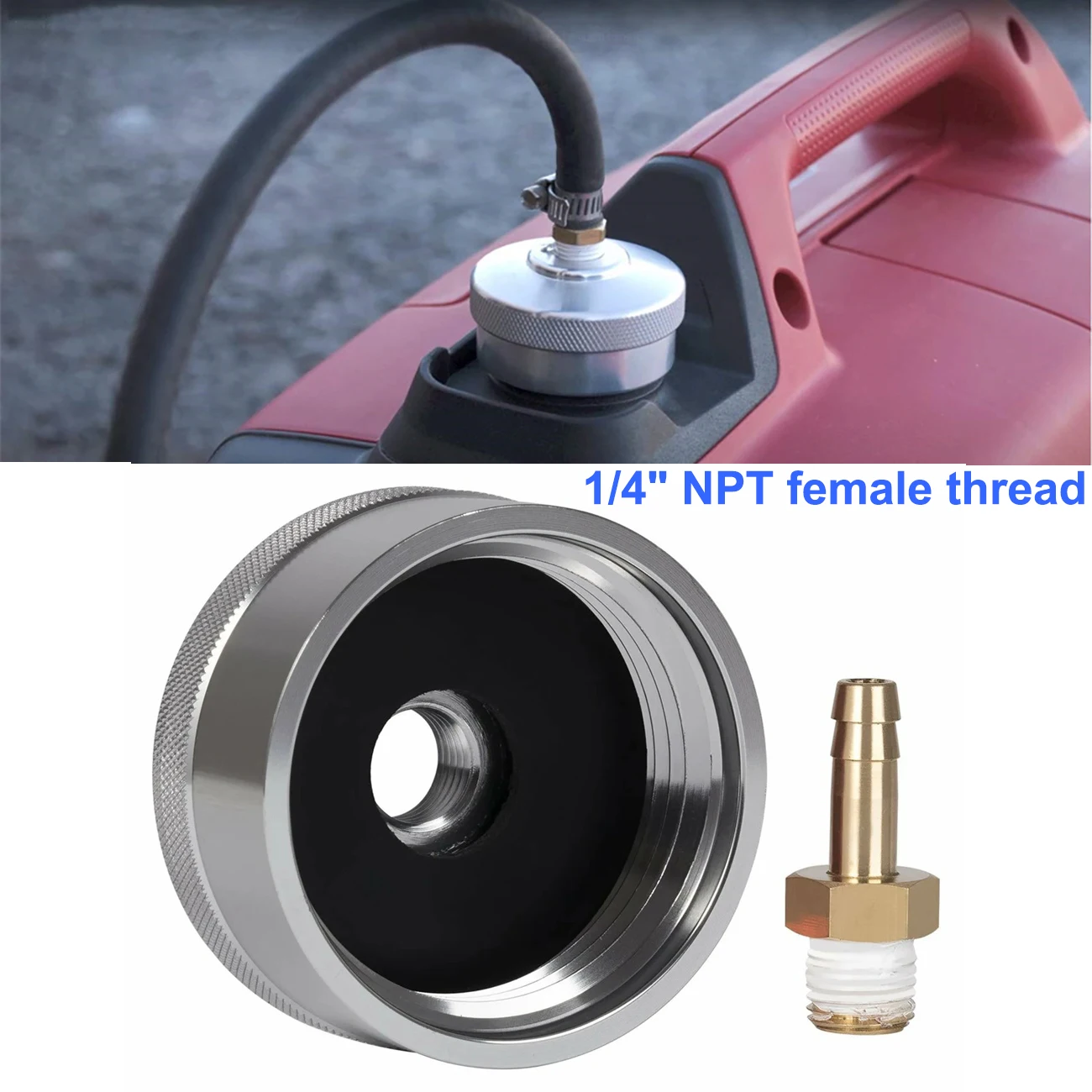Photo competition experts share their insights on how they are handling the increasing number of AI-generated images that are entering the competition.
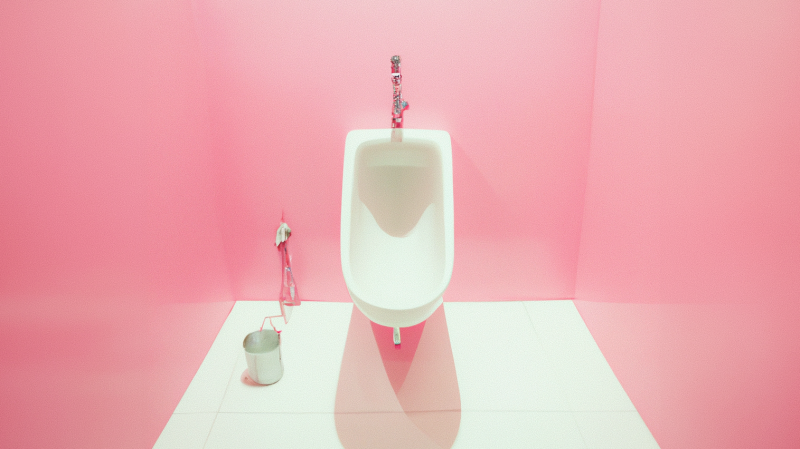
The world of photography is rapidly adapting to an AI-driven future. A playful take on Marcel Duchamp’s iconic Fountain (1917) is created using the powerful AI image generator AID ALLE 3.0. What’s the excitement about? For centuries, photographers and artists have manipulated and tinkered with images since the advent of photography. Camille Silvy’s “Streets of London” image, taken in 1859 just a few decades after the invention of photography and 132 years before the release of Adobe Photoshop, was created by merging four separate negatives. Although it was more complex than simply writing a prompt for an AI engine, it resulted in as contrived an image as anything generated by AIDALL·E 2.0. However, Camille didn’t submit his image for the Photographer of the Year competition, lest he risked trouble.
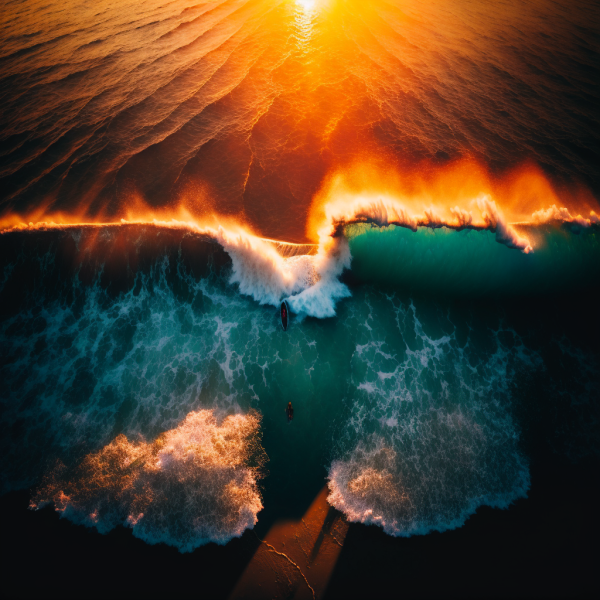
This “drone shot” image of a beach at sunrise, with waves crashing against two surfers, was actually an AI-generated image. It made international headlines because it fooled the judges of a photography competition and won the top prize. Just over a century after Sylvie’s invention, artificial intelligence (AI) and AI-generated images have become a hot topic of discussion, especially in the world of photography competitions. There have been many stories of AI images fooling judges and winning awards, which is easy to understand, as some of the results can be quite convincing.Perhaps the most controversial incident occurred when German artist Boris Eldagsen revealed that he had won a Sony World Photography Award for a picture created using AI (see below). This caused quite a stir at the awards ceremony and left many people in shock. This incident became a hot topic of discussion for a while and brought Eldagsen some attention. However, it has raised some interesting questions and sparked debate. As a result, many photo competitions have updated their terms and conditions, reconsidering their stance on AI and its role in their events. More importantly, they have tried to define where the line should be drawn between human and machine creativity.
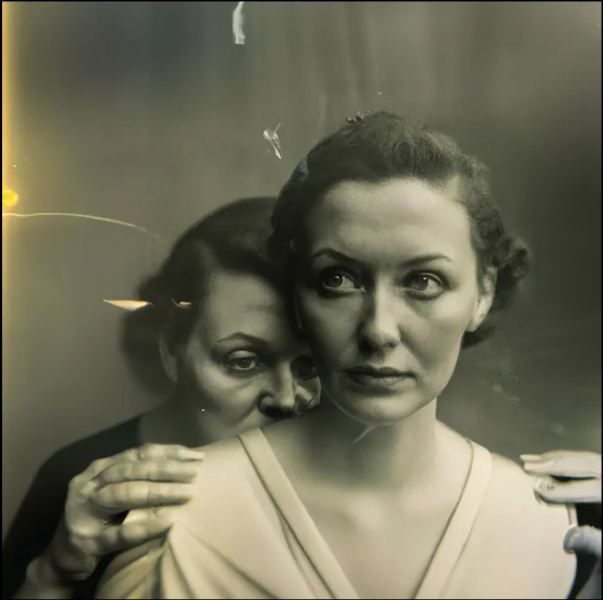
Image submitted by Boris Eldagsen at SWPA 2023 and winning one of the competition categories.
Photo competitions respond to AI
Photo competitions often allow the use of AI tools in image editing software such as Adobe Photoshop, but there are usually restrictions on how much editing can be done. It’s generally acceptable to use AI tools to modify your own photos, but you must specify that this is part of the application process. Many competitions also ask you to provide raw files before making a final decision, in order to avoid manipulated images.
Dan Calder from Close Up Photographer of the Year agrees, saying that their competition is primarily about photography and they will not accept images created with generative AI. During the final stages, they will ask for raw files and all participants will need to confirm that generative AI was not used.When it comes to image editing using AI tools, Calder says, “With the advent of these tools in Photoshop and others, post-processing has become a little more challenging. We are open to creative approaches to post-processing as long as we are informed about what has been done and the natural behavior of the image is not distorted. We will continue to draw the line at artificially created objects, animals, plants, and landscape motifs being added to an original picture.”
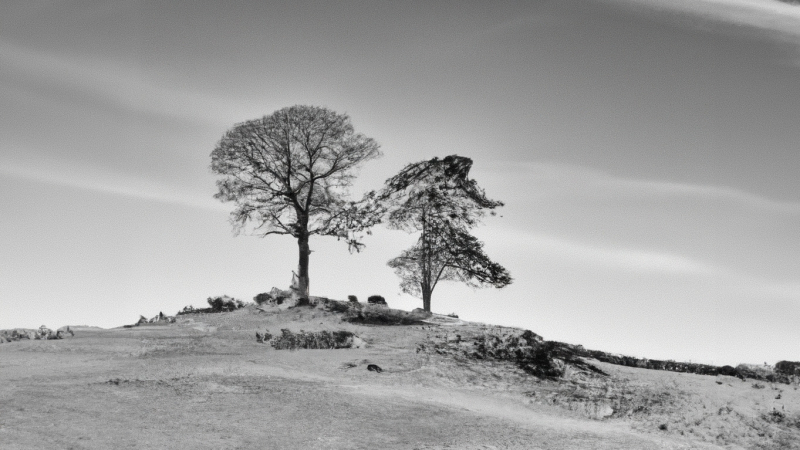
Created with AI DALL-E 3.0, this stunning landscape photograph is sure to win the Landscape Photographer of the Year Award, inspired by the work of renowned landscape photographer Robert Adams. Although the results are impressive, the trees could benefit from further improvement through constant quick adjustments.Calder believes that, over time, photographers will start incorporating AI-generated elements into their work. He encourages others to do the same. Hugo Donnithorne-Tate, director of the British Photography Awards, agrees. While new technologies can be disruptive, he says we should approach them with an open mind. AI will be a game changer for many industries. However, he warns against losing sight of image integrity. This is especially important for award-winning photos like those at the British Photography Award. We’ve added a feature for uploading original or raw files for shortlisted candidates. This wasn’t available before, only if we suspected manipulation. Now, it’ll be available for all images generated by AI. This helps us control images better and ensure integrity in our listings.In the future, we hope to combine advances in camera technology and blockchains to verify individual instances and create an immutable record of moments. While Samsung is currently leading the way in this area, their new smartphone (the Samsung Galaxy 24 Ultra) includes built-in AI image editing and a feature that flags edited images in metadata. We need more thought-provoking progress like this with simple systems that allow us to easily identify what is real.
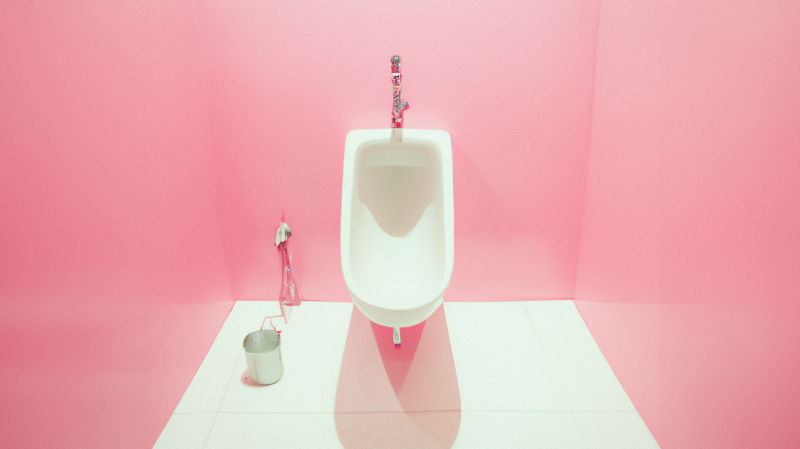
This image of a urinal was created using RULE 2, which is a playful interpretation of Marcel Duchamp’s painting “Fountain” (1917). Duchamp referred to this approach as “readymade” or “found object art”. In this instance, he simply found a commercial urinal, signed it “R.Matt”, and placed it in a gallery. The artwork raises questions about the nature of art, authorship, and creativity.
Where truth and honesty are of utmost importance
Where truth and honesty are essential, for the World Press Association (WPA) and photojournalism in general, truthfulness and authenticity are of the utmost importance. I asked Andrew Davis, the representative of WPA, about the organization’s stance on AI. He explained: “To begin with, we do not consider AI-generated images to be photographs. Although they may mimic the appearance of a photograph, they are fundamentally different. Photography records light on a sensor or film, capturing a physical moment, therefore, by definition, it differs from images generated by generative AI.”According to Andrew, the WPA does not accept images created by AI in photo contests. He emphasizes the importance of preserving the integrity of journalism and making sure that images accurately represent reality. Davis goes on to explain WPA’s approach to dealing with AI-generated content. They use a multi-level system to identify fake or altered images. All participants’ professionalism is checked, and the facts behind each story are verified. Industry experts judge the images, and source files are examined by two independent digital analysts.He adds that he believes the bigger problem lies with trust. He says that images can be staged, framing can be deceptive, photo manipulation has existed since the beginning of photography, and digital editing software has been around for decades. He also mentions that their competitors operate outside of the 24/7 news cycle, so they have more time to carefully review each image before publishing it.
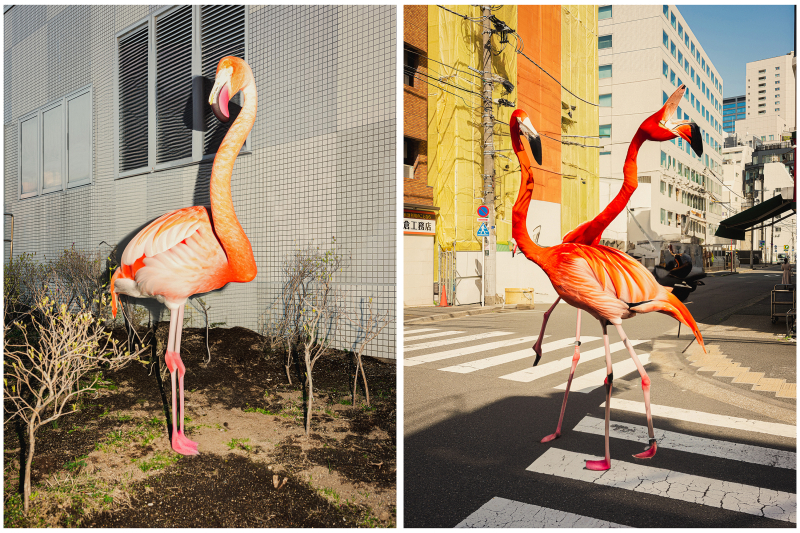
My own real photos from real places, taken while traveling, with a “dancing flamingo” added using the Generative Fill tool in Photoshop. For Davis, the bigger question is how we can continue to trust the media, particularly documentary photography. He explains that there are technological solutions to trace the origin of images, but these cannot guarantee the reliability of the source. The World Press Association has helped create a set of guidelines consistent with those used by many news outlets, which individuals and organizations can adopt or adapt.After all, a purely AI-generated image is not a photograph, and therefore has no place in a photography contest. From my conversations, I have gathered that there is currently a great deal of discussion, debate, and concern about the evolving nature of photography contests in the current era of artificial intelligence. After talking with several competition organizers, it seems that while AI tools present new creative opportunities, maintaining the integrity and originality of images remains essential.From traditional contests like the British Photography Awards and reputable organizations like the World Press Association, efforts are being made to ensure transparency and preserve the essence of photography. As artificial intelligence continues to reshape the future of image and photo creation, truthfulness and honesty will continue to be guiding principles for both creators and organizers. After all, an image generated solely by AI is not a photograph and therefore has no place in a photography competition, but photography enhanced by AI tools can be included if it aligns with the values of the competition.
AI-generated Putin asks Putin about his rumoured body doubles
The Russian president, Vladimir Putin, appeared briefly lost for words on Thursday when confronted with an AI-generated version ...
Discover more from Drone Rewiews
Subscribe to get the latest posts to your email.


